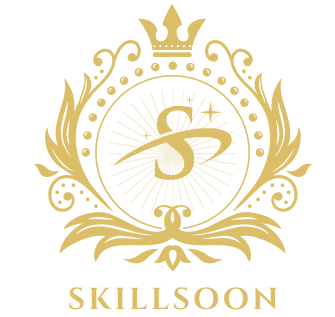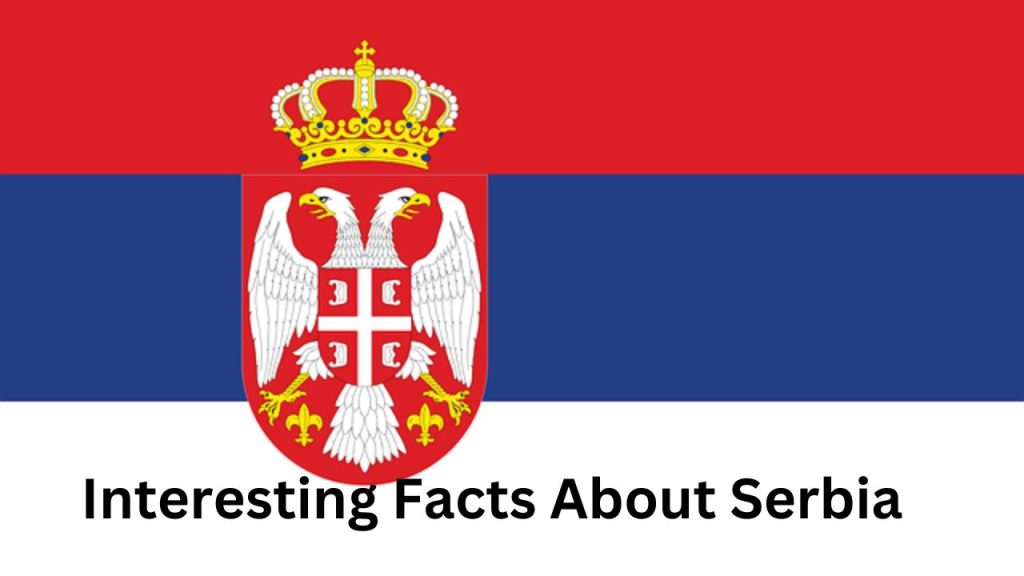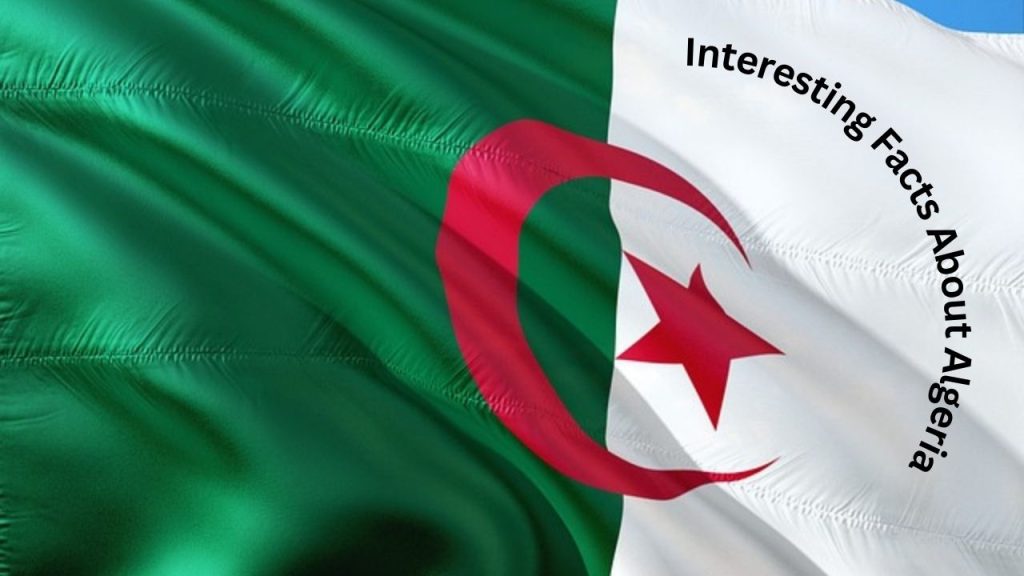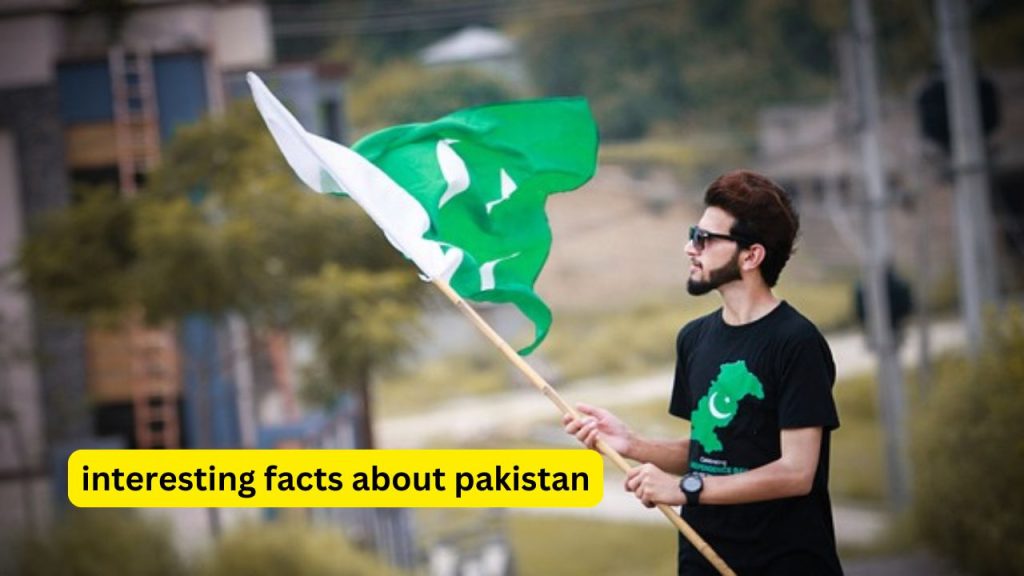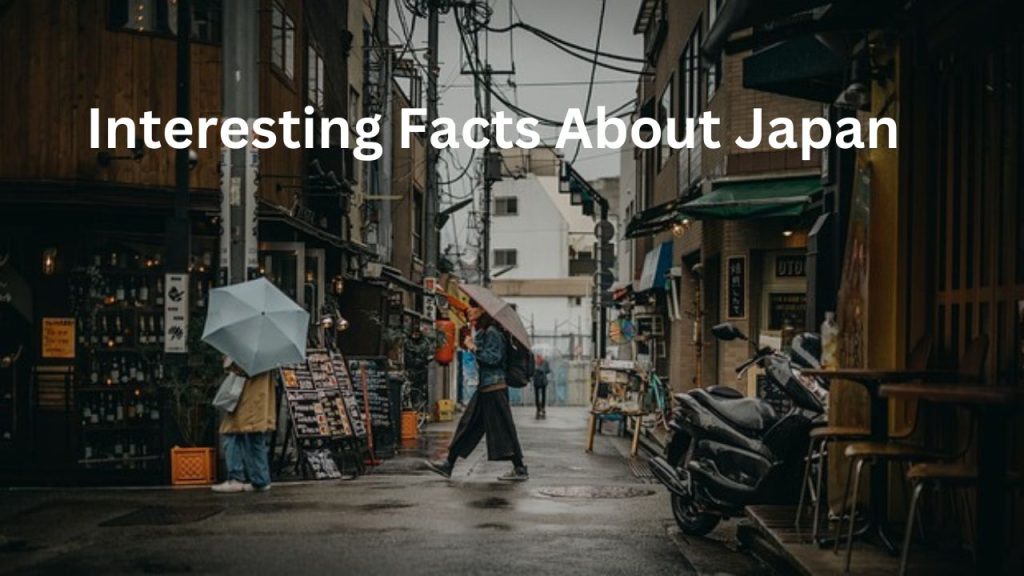Learn 14 interesting facts about Serbia, including its fascinating history, lively culture, breathtaking natural scenery, and distinctive customs.
Interesting Facts About Serbia
Southeast Europe’s Serbia boasts breathtaking scenery, a thriving culture, and a long history. Serbia has a lot to offer, even though it may not always be the center of attention. Let’s explore some intriguing and little-known Serbian facts that you may not be familiar with.
1. The Birthplace of Nikola Tesla
Serbia takes pride in being the home of one of the greatest electrical engineers and innovators in history, Nikola Tesla. Smiljan, which is today in Croatia but was formerly a part of the Austrian Empire and has Serbian ancestry, is where Tesla was born. The Nikola Tesla Museum in Belgrade is open for visitors, and the Serbian people honor his brilliance.
Tesla’s Legacy in Serbia
Thousands of Tesla’s personal belongings, photos, and documents are kept at the museum. Anyone interested in the history of electricity and contemporary technologies should definitely attend.
2. Belgrade is one of the oldest cities in Europe.
Serbia’s capital, Belgrade, is one of the oldest cities in Europe still inhabited. Roman, Byzantine, Ottoman, and Austrian empires are only a few of the many that have come and gone.
A City of History
Because of its advantageous location at the meeting point of the Danube and Sava rivers, Belgrade has been a major battlefield throughout history. The city is still a thriving metropolis rich in culture and history, even after been repeatedly destroyed and rebuilt.
3. The Unique Serbian Cyrillic Alphabet

One of the few nations in the world that formally use both the Latin and Cyrillic alphabets is Serbia. However, because it symbolizes the nation’s Eastern Orthodox background, the Cyrillic script has unique cultural value.
Acquiring Knowledge of Cyrillic
Don’t be shocked to discover documents and signs written in Cyrillic if you want to travel to Serbia. Acquiring knowledge of a few words and the Cyrillic script may be enjoyable and facilitate communication.
4. The Powerful National Drink, Rakija
Serbia’s traditional fruit brandy, rakija, isn’t for the weak of heart. Fermented fruits such as grapes, apricots, and plums are used to make this potent beverage. The plum-based “Šljivovica” variety is the most often used.
A Drink with Tradition
Rakija is traditionally presented as a show of welcome and is frequently prepared by Serbian families. It’s generally impolite to turn down an invitation to a Serbian house, so be ready to take a few shots!
5. Devil’s Town’s Iconic Đavolja Varoš
Đavolja Varoš, often known as Devil’s Town, is one of the most amazing natural phenomena in southern Serbia. It is an unusual structure made up of more than 200 odd rock towers that have been sculpted over time by erosion.
History of the Name
The rock formations, according to local tradition, are really terrified wedding attendees who were stoned by the devil himself. Regardless of whether you believe the mythology or not, it’s a breathtaking location.
6. Serbia is a Land of Monasteries
Some of the world’s most exquisite and historic Orthodox monasteries may be found in Serbia. Many of these medieval monasteries are listed as UNESCO World Heritage Sites.
Monastery of Studenica
The 12th-century Studenica Monastery is among the most well-known. It is regarded as a marvel of medieval architecture and is well known for its magnificent paintings.
7. Serbia is a Powerhouse in Basketball
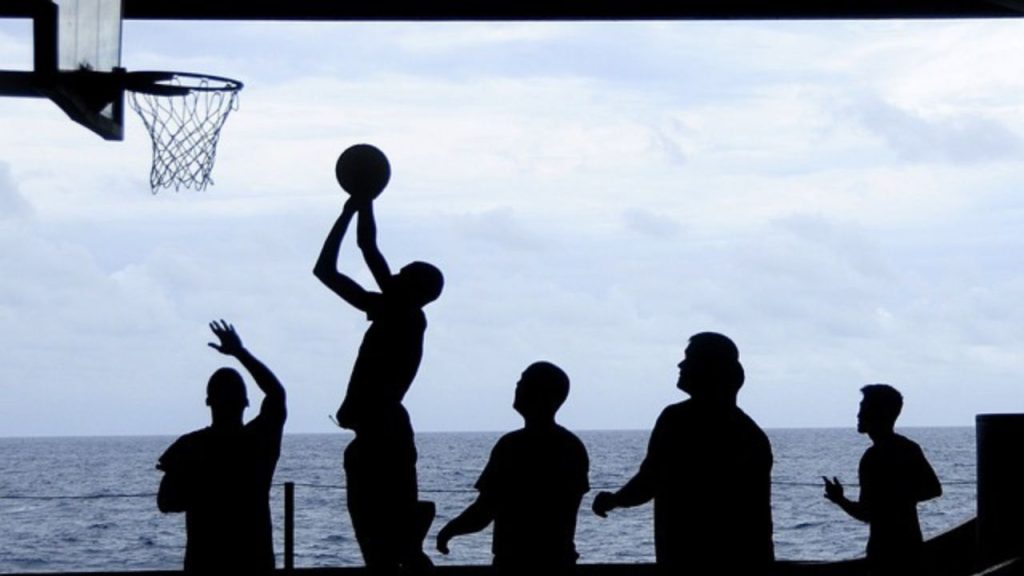
Basketball has a particular place in Serbian hearts, even though soccer may rule the sports scene in most nations. Some of the top basketball players in the world are regularly produced in Serbia, and many of them go on to have prosperous NBA careers.
Serbia’s Achievements
The Serbian national basketball team is among the most successful in the world, having won several Olympic gold and international titles.
8. The Secret Fortress of Belgrade
The city’s emblem, Belgrade Fortress, has silently observed its tumultuous past. The stronghold, which has protected the city from attackers for ages, is located where the Sava and Danube rivers converge.
A Tour of the Castle
With breathtaking views of the city and the rivers, the stronghold is now a well-liked park and tourist destination. There are galleries, museums, and the well-known Kalemegdan Park inside the citadel.
9. Serbia is the World’s Second-Largest Raspberry Exporter
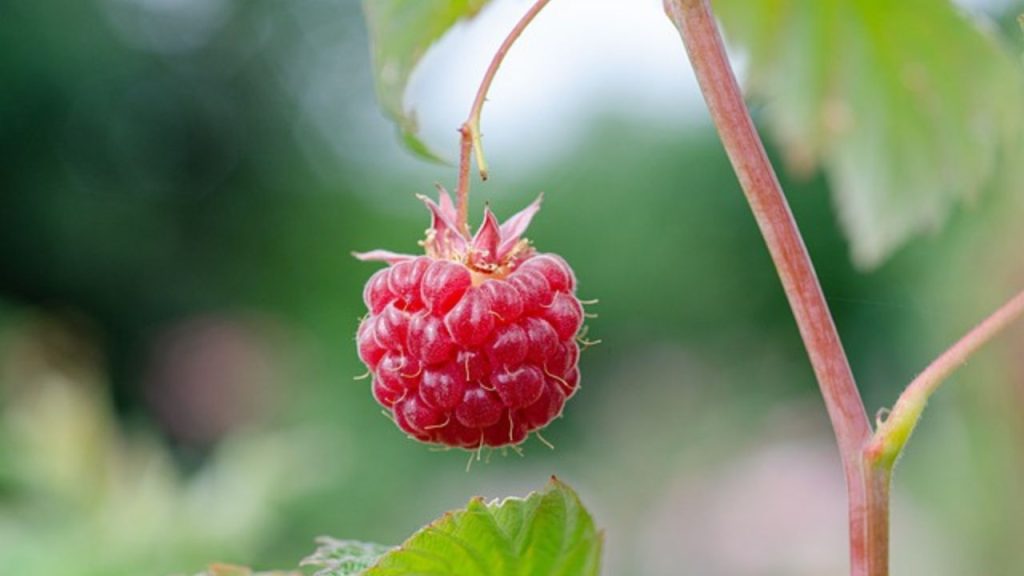
Unbelievably, Serbia is a major player in the raspberry industry! Because of their significance to the Serbian economy, raspberries—of which it is the world’s second-largest exporter—are sometimes referred to as “red gold.”
The Capital of Raspberry
Raspberries are one of Serbia’s main agricultural products, and the country’s climate and rich soil make it a perfect spot to cultivate them.
10. The Well-Known Exit Festival in Serbia
Every summer, the Petrovaradin Fortress in Novi Sad hosts Exit, one of the largest music events in Europe. International music enthusiasts and well-known performers attend the event.
The Story Behind Exit
In 2000, the Exit Festival began as a student demonstration against Slobodan Milošević’s government and has since expanded into a huge festival of young culture, music, and independence.
11. Serbian Folklore Vampire
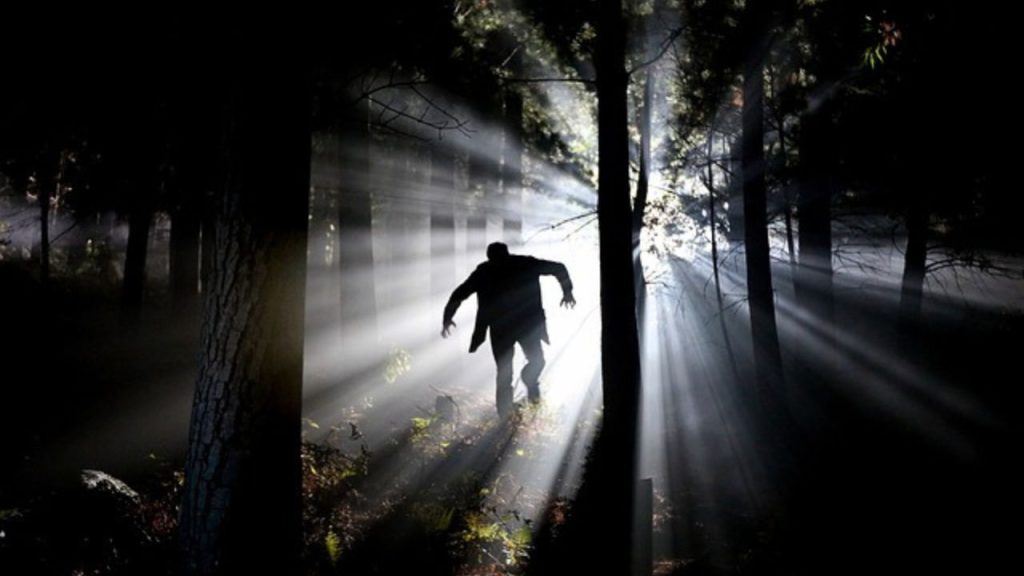
Did you know that the Serbian language is where the word “vampire” originally originates? There are many spooky tales about vampires in Serbian tradition, which places a high value on these otherworldly beings.
The Petar Blagojević Legend
Early in the 18th century, Petar Blagojević, who was supposed to have risen from the dead to drink the blood of the living, was one of the first known examples of vampirism in Europe.
12. Serbia is Full of Stunning Natural Landscapes
Serbia boasts stunning natural beauty, ranging from the craggy highlands of Kopaonik to the undulating hills of Šumadija. With lots of chances for hiking, skiing, and exploring, the nation is ideal for those who enjoy the outdoors.
National Park Tara
With its steep cliffs, thick woods, and the Drina River slicing across the terrain, Tara National Park is one of Serbia’s most picturesque locations. It is a sanctuary for outdoor recreation and animals.
13. A Melting Pot of Cultures
Due to its strategic location at the intersection of Europe, Serbia is a cultural melting pot. The nation has incorporated aspects of the Byzantine, Austro-Hungarian, and Ottoman empires over the ages.
Difference in Culture in Food
Serbian food, which includes dishes influenced by Turkish, Hungarian, and Mediterranean cookery, reflects this blending of cultures. There is something for every appetite, including delectable desserts and substantial meat meals.
14. Serbia Has 5 National Parks
There are five national parks in Serbia, each with its own distinct biodiversity and landscapes. You may get a close-up look at the natural splendor of the nation at these protected parks.
National Park of Djerdap
The biggest national park in Serbia is Djerdap National Park, also referred to as the Iron Gates. It is well-known for the stunning gorges and cliffs that line the Danube River.
Conclusion
Although it might not be the first nation that springs to mind when organizing a vacation to Europe, Serbia is certainly worth seeing. There are a lot of intriguing things to learn in this lovely Balkan country because of its rich history, breathtaking scenery, and lively culture. Serbia offers something for everyone, whether you’re interested in history, the outdoors, or just want to see a different side of Europe.
